Securing Africa's Horizon: Morocco's AI-Powered Defence Innovation
)
In a world of evolving global security threats, Morocco is strategically positioning itself at the forefront of defence innovation. By integrating Artificial Intelligence (AI), the Internet of Things (IoT) and advanced robotics, the Kingdom is deploying sophisticated autonomous surveillance and defence systems. These cutting-edge technologies offer real-time threat detection, intelligent analysis and autonomous response, not only bolstering Morocco's national security but also providing a compelling blueprint for a technologically advanced and collaboratively secure African future.
Embracing Autonomous Defence
Morocco's proactive investment in AI-powered autonomous defence systems stems from a clear understanding of regional security challenges, including border security and counter-terrorism. This strategic imperative aligns with a global trend towards leveraging advanced technologies for enhanced defence. However, Morocco's focus on context-specific solutions and regional collaboration truly distinguishes its approach.
The Anatomy of an AI-Powered Sentinel
Morocco's autonomous defence architecture is a sophisticated ecosystem built on the synergistic interplay of several key technological domains:
Artificial Intelligence (AI): At its core are advanced AI algorithms, including machine learning and deep learning. These process vast datasets from diverse sensors, enabling real-time object recognition, anomaly detection, predictive threat analysis and autonomous decision-making within predefined parameters. For example, AI-powered video analytics reportedly improve tracking accuracy by over 90% compared to manual analysis (Jane's Defence Weekly, 20 March, 2025).
Internet of Things (IoT): A network of interconnected sensors, communication devices and data platforms forms the architecture's sensory nervous system. IoT facilitates seamless real-time data flow from unmanned aerial vehicles (UAVs), ground-based sensors (seismic, acoustic, motion detectors) and existing radar systems, creating a comprehensive security overview. The Moroccan Ministry of Defence recently reported deploying over 5,000 interconnected sensors along its borders for continuous data streams (Al Arabiya News, 15 February, 2025).
Advanced Robotics (UAVs): Morocco's strategic deployment of Turkish-made Bayraktar TB2 UAVs is integral to its autonomous defence. Equipped with high-resolution cameras, thermal imaging and sophisticated sensors, these UAVs conduct long-endurance surveillance missions. AI integration allows for autonomous flight control, target identification and, under strict rules of engagement, potentially autonomous threat engagement. Moroccan TB2 drones have reportedly achieved a 95% mission success rate in challenging terrains (Defense News, 28 January, 2025).
Synergising Capabilities
Morocco's innovation lies not just in deploying these technologies individually, but in their intelligent integration.
AI-Enhanced UAV Operations: AI algorithms significantly boost UAV capabilities. AI-powered path planning optimises flight routes for efficiency, cutting operational costs by an estimated 15% (Aviation Week & Space Technology, 5 April, 2025). Real-time AI analysis of sensor data also enables autonomous target identification, reducing human operator load and speeding up response times.
Space-Based Intelligence Augmentation: Morocco's advanced reconnaissance satellites provide crucial wide-area surveillance. Integrating AI-powered geospatial analytics with satellite imagery allows for automated change detection and large-scale movement monitoring. Analysts at CRTS reported a 70% increase in efficiently tracking illegal activities in remote areas using AI-enhanced satellite imagery (Maghreb Arabe Presse, 10 March, 2025).
Integrated Threat Response Systems: The ultimate goal is an integrated system where AI fuses data from all sources – UAVs, satellites, ground sensors – for comprehensive threat assessment. This enables the autonomous initiation of pre-programmed defensive responses, under strict human oversight, drastically reducing reaction times.
A Blueprint for Continental Security
Morocco's advancements in autonomous defence aren't solely for national security. The technologies and strategies developed offer a potential framework for enhancing security collaboration across Africa.
Enhanced Border Security Cooperation: AI-powered surveillance can facilitate real-time information sharing between neighbours, improving collective border security against transnational threats.
Joint Counter-Terrorism Efforts: Autonomous detection and tracking of potential terrorist activities through integrated intelligence networks can significantly boost joint counter-terrorism operations.
Disaster Response and Humanitarian Aid: Autonomous drones with AI-powered mapping and object recognition can provide real-time situational awareness and facilitate efficient aid delivery in disaster relief.
Ethical Balance and Responsible Innovation
Morocco is fully aware of the ethical considerations surrounding autonomous defence systems. They emphasise clear rules of engagement, human oversight in critical decisions and adherence to international legal frameworks. There is active and ongoing engagement with international partners to develop best practices and ethical guidelines in this evolving field.
Gateway to Defence Innovation at WAM Morocco
WAM Morocco serves as a crucial platform showcasing Morocco's pioneering work in aerospace and defence technologies, including AI-powered autonomous systems. By uniting industry leaders, government officials, researchers and investors, WAM Morocco invites you to explore the future of defence technology in Africa.
- Discover: Morocco's latest innovations at upcoming WAM Morocco events.
- Collaborate: Partner with leading Moroccan aerospace and defence technology developers and government stakeholders.
- Invest: Explore vast investment opportunities in Morocco's rapidly advancing defence sector.
- Engage: Participate in vital discussions on defence technology's future and its implications for African security.


